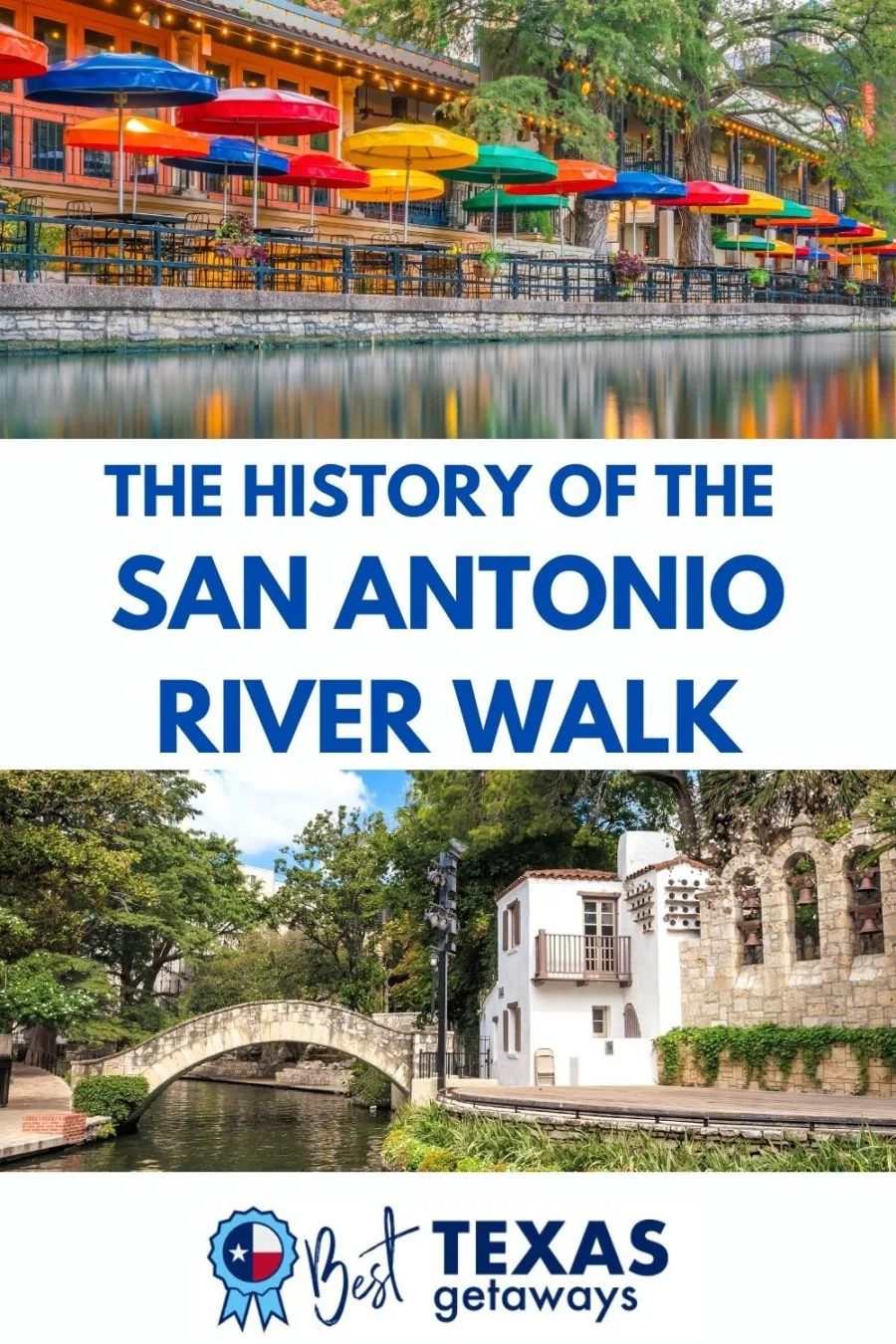Today the Paseo del Rio, or San Antonio’s River Walk, is a magical place 20 feet below street level. Nestled behind tall buildings, away from traffic and street noise, the River Walk is the most popular spot in town, lined with specialty shops and European-style al fresco cafes. But the history of the San Antonio River Walk dates back far before today’s bustling tourism scene.
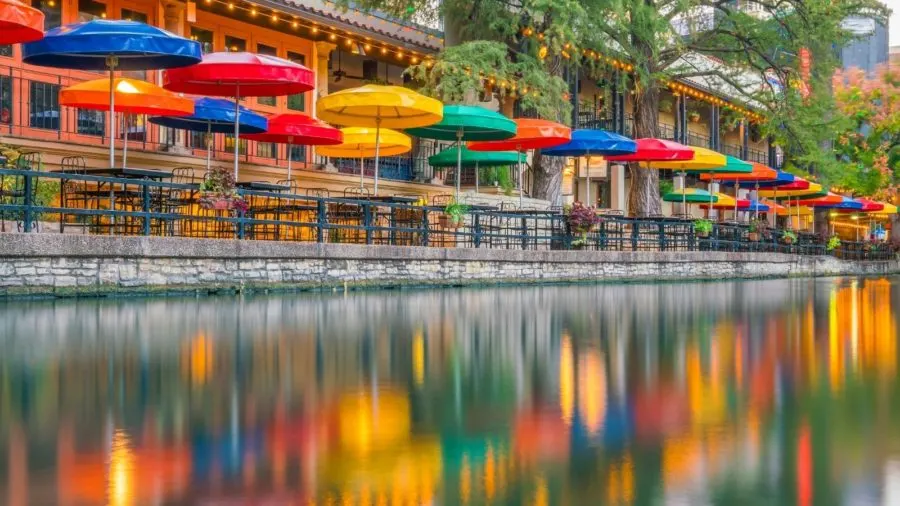
Table of Contents
Before San Antonio Was San Antonio
Payaya Indians first called the San Antonio River Yanaguana, or “refreshing waters.” It also had a less elegant nickname — “a drunken old man going home at night” — in reference to its numerous twists and turns. Native Americans camped along the river banks and hunted on the rich land nearby.
On June 13, 1691, the feast day of San Antonio de Padua, the Spanish renamed the Yanaguana. The change was just a hint at the many transformations the river would soon witness as Spanish domination came to the area.
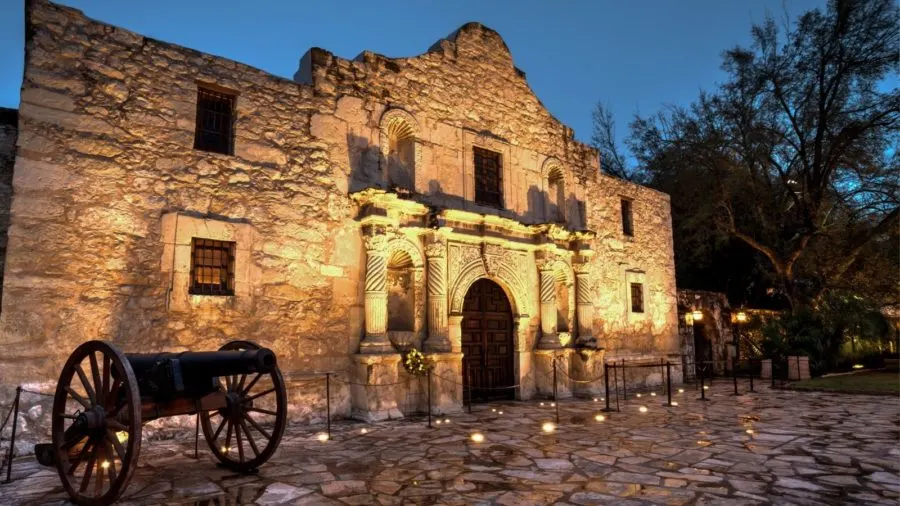
In the early 1700s, the Spaniards constructed missions on the river’s bends. The northernmost site was built first: San Antonio de Valero, later known as the Alamo. It was followed by four other missions to the south. The Native Americans who lived in the missions dug ditches or acequias from the river to their fields to irrigate crops of beans and corn.
Soon settlement began on the riverbanks. When the missions were secularized and later occupied by military troops, camp followers and tradesman built temporary houses near the river to serve those stationed at the Alamo.
After Texas became a republic, permanent settlements developed on the riverbanks. As the population rose, bathhouses sprang up along the water’s edge.
Flooding on the San Antonio River
The condition of the river declined, and for many residents its only characteristics were negative. The river was untamed, and in the downtown area it wreaked havoc after heavy rains.
In 1921, a devastating flood killed 50 people, and talk was that the San Antonio River should be covered with concrete and converted to a storm sewer.
But on March 22, 1924, the San Antonio Conservation Society stepped in to prevent the river from being converted to a sewer.
Saving the River Walk with a Puppet Show
The river was saved with a puppet show called “The Goose That Laid the Golden Egg.” Cloth puppets resembling city officials dramatized the tale and helped San Antonians realize that their river really could be a golden egg.
A flood control program was started, and dams were built to protect the horseshoe bend during floods.
Robert H.H. Hugman’s Vision for the River Walk
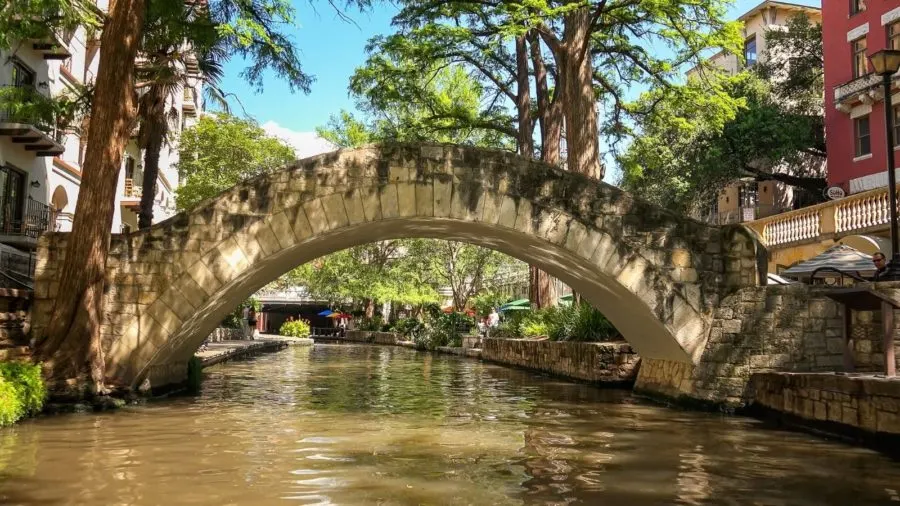
While the river was saved, the real gold came later, thanks to a visionary named Robert H. H. Hugman. As part of WPA program, Hugman was commissioned to develop the scenic walkway.
He pictured a festive area he called “The Shops of Aragon and Romula,” named for the cities of Old Spain.
But development along the River Walk remained minimal until the World HemisFair. In the late 1960s, preparing for global visitors, the city beautified the park, investors opened businesses along the walkways, and the River Walk, as visitors today now know and love it, was born.
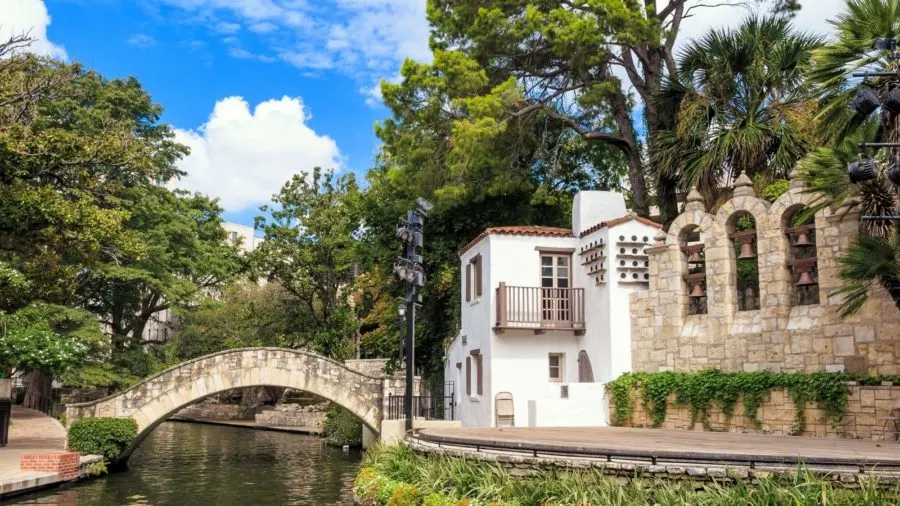
Finally the River Walk had attained what Hugman had envisioned over half a century before. The latter once wrote that he wanted the river “considered as a stage setting on which people are transported to the unusual. Unusual shops, unusual landscaping, color and modes of transportation. The greatest need for the future is to not go modern in architectural styles, but to guard jealously the river tempo, slow and lazy, in complete contrast with the hustle and bustle of street level modern city life.”
Any visitor would agree that Hugman’s wishes have been wonderfully accomplished.
No matter what day of the week, no matter what time of the year you visit, activity abounds along the River Walk. This is where city residents come to party, where conventioneers come to meet, and where vacationers come to taste the flavor that is San Antonio.
